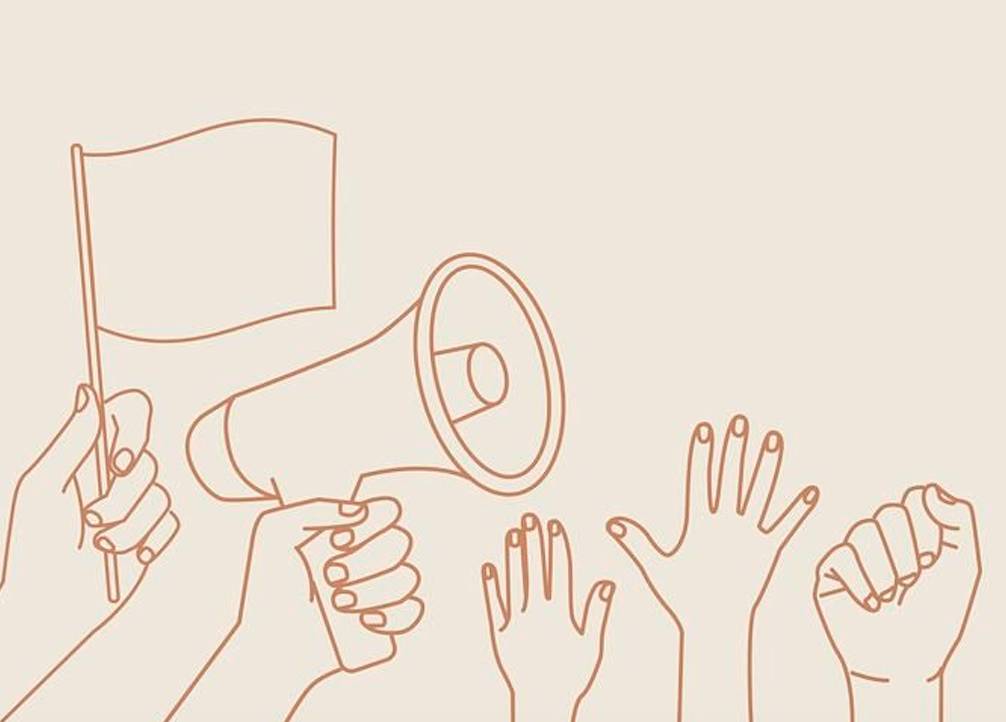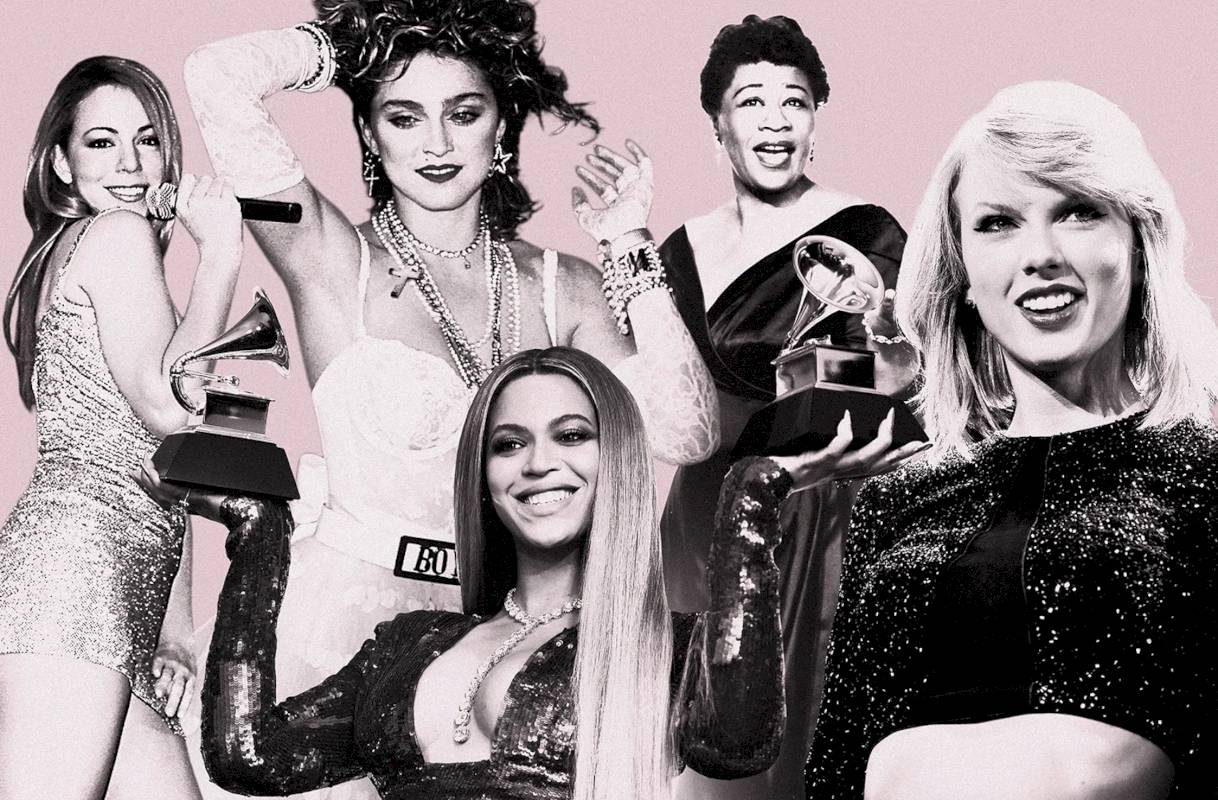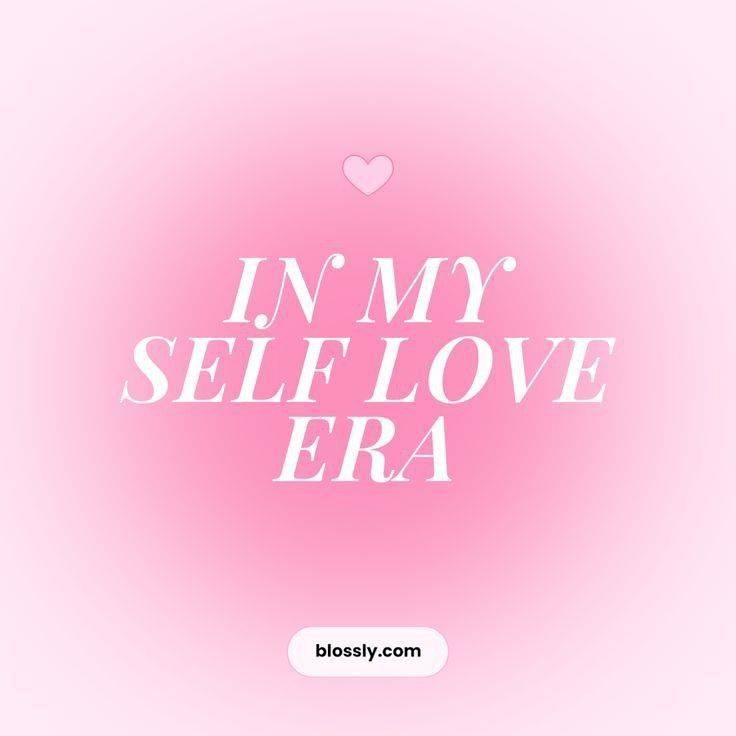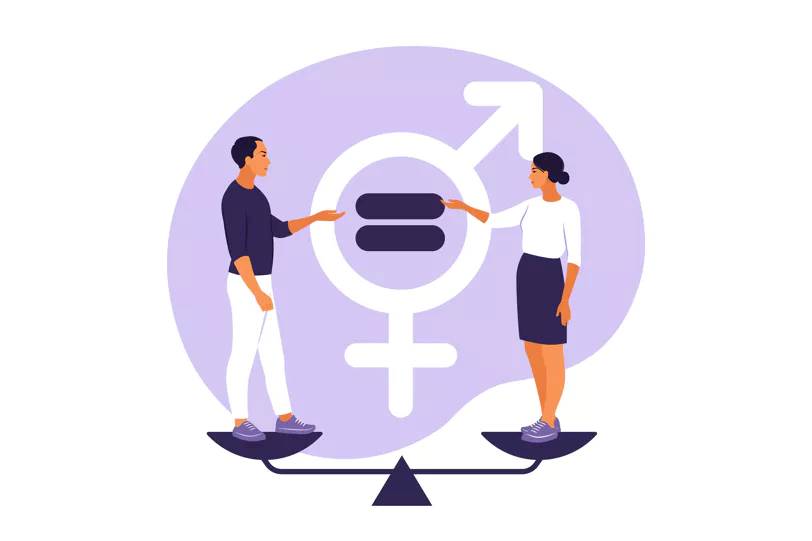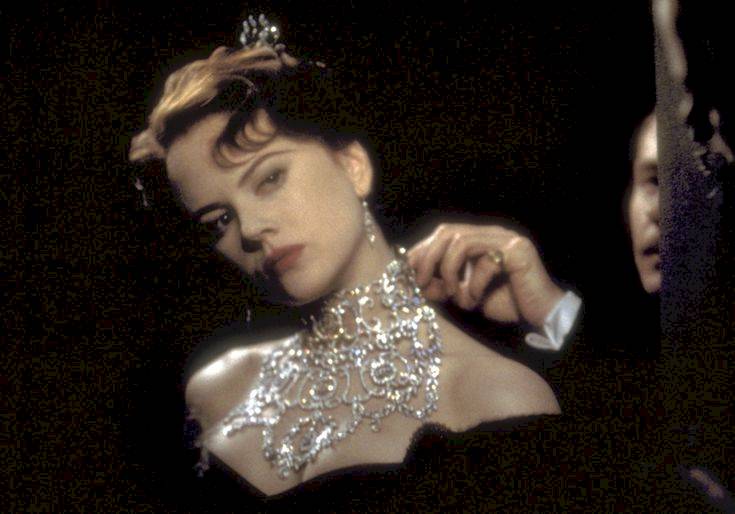
REPRESENTATION OF WOMEN IN HORROR MOVIES
Representation of Women in Horror
As the spooky season this year comes to a close, this article will explore the historically fraught relationship of the horror film genre with women’s representation as well as the sea-change that has occurred in recent times.
It would come as no surprise that the genre’s beginnings find themselves entangled with problematic representations of women, following a trend echoed in most forms of media at the time. From the late 1800s until well into the 20th century, women were typically portrayed as helpless victims with no agency or purveyors of evil (this also has misogynistic undertones due to the association shown between the apparent source of evil and their feminine qualities).
Women were usually relegated to a few tropes like the terrified damsel in distress given little to say beyond the occasional scream, the widow whose husbands keep dying under strange circumstances, the ‘tainted’ or ‘impure’ girl who meets an untimely and gruesome death, and so on.

Another controversial aspect of horror’s portrayal of women is that the targets of gore were more often than not women, which was displayed in excruciating and nauseating detail on screen. Some put forth the idea that the gruesome violence female characters are subjected to is emblematic of the fact that, in real life too, women are more likely to be victims of male brutality. Yet, many other feminist commentators believe, with good reason, that the gratuitous violence depicted is representative of and contributes to the objectification of women and rationalization of cruelty towards women for the ‘right’ reasons.
For example, a girl who is not a virgin is considered ‘impure’ and killed off early in most horror movies in a vicious fashion, creating a dangerous association in the minds of some that this is warranted for her ostensibly immoral actions. This mirrors real-life honor killings that happen for similarly frivolous reasons, like having sex before marriage or falling in love with someone from a different caste, but are appallingly justified by many.

Horror movies can sometimes have dubious, to say the least, depictions of female anatomy and sexuality, which unfortunately symbolize the collective fear our society holds regarding the same. A film that perfectly exemplifies this, despite being relatively recent, is Teeth (2007). In it, a teenage girl finds out she has teeth in her vagina after she is almost raped. It is based on ‘vagina dentata,’ a myth arising from the fear of women’s unrestrained sexuality.

One otherwise unfamiliar with the horror genre and presented only with these facts may conclude that horror is inherently and solely misogynistic. However, to draw this conclusion would be erroneous. For one, despite the historically troubled relationship between the genre and women’s representation, there are indubitably instances where this is turned on its head. This includes Suspiria (1977), which explores the implications of the trope of the female witch and sees both the victims and perpetrators of violence as women. Moreover, this film genre can show the uninhibited reality of the world’s horrors and highlight women as survivors despite all the hardships and brutality we are subjected to.


Most importantly, horror is experiencing a sea of change regarding female representation, with much more nuanced portrayals of women and subversions of hackneyed stereotypes. For example, Pearl (2022) centers on a woman who is not exactly morally upstanding but is an authentic representation of a flawed human being and highlights female rage instead of the archetypal female victimhood. Ready or Not (2019) also challenges old-fashioned tropes, albeit in a completely different sense. In this movie, a newlywed bride is welcomed to her husband’s home with a deceptively harmless but truly sinister game and emerges as the only one unscathed, a frightening and imaginative take on the troubled connotation of in-laws.
In conclusion, while in recent times the representation of women has greatly improved, we must not forget its troublesome beginnings and be careful not to succumb to the same pitfalls and harmful stereotypes. Instead, horror can be harnessed to its fullest potential to emphasize and satirize the horrific nature of the problems women face through nuanced and real depictions.
Check out some our other articles here!

